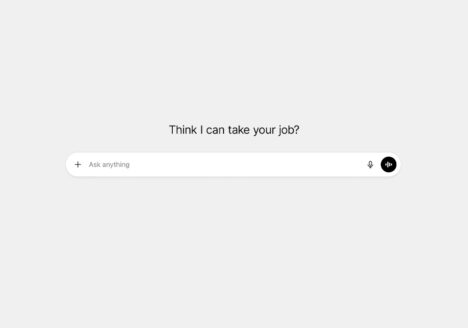Say what? How to give effective design feedback
Why good feedback matters
Effective design feedback is crucial for the success of any project. It ensures that the final product aligns with your vision, meets your goals, and resonates with your target audience. Here’s why giving good feedback is so important:
- Clarity and direction: Clear feedback helps designers understand exactly what changes are needed, minimising confusion and ensuring that the revisions are on target.
- Efficiency: Timely and specific feedback speeds up the design process by reducing the number of revisions and avoiding delays.
- Alignment with goals: Feedback that considers the overall project goals ensures that the design supports your business objectives and effectively communicates your message.
- Improved collaboration: Constructive feedback fosters a collaborative environment where designers and clients work together to create the best possible outcome.
How to give effective design feedback
Be clear and specific
Avoid vague feedback like “I don’t like it” or “Make it pop.” Instead, aim to be as descriptive as possible. For example, rather than saying “The colour doesn’t work,” specify what you’d like to change. You might say, “I think the colour palette could use a softer shade of blue to better match our brand’s calming tone.” Providing specific details helps designers understand exactly what you’re envisioning and makes it easier for them to make the necessary adjustments.
Be timely
Timely feedback is crucial for keeping your project on track. The sooner you provide your input, the quicker the designer can incorporate your suggestions and keep the project moving forward. Delays in feedback can slow down the design process, which might affect deadlines and the overall timeline of the project.
Focus on the goals
When giving feedback, keep the project’s objectives at the forefront of your mind. Your comments should enhance the design’s ability to meet these goals. For instance, if the aim is to appeal to a younger demographic, suggest changes that align with trends or preferences of that age group. This ensures that the design effectively communicates the intended message and supports your business objectives.
Use the right format
For specific design edits, it’s best to provide your feedback in writing. Tools like annotated PDFs or detailed emails ensure that all your suggestions are clearly documented and less likely to be misunderstood. For more general feedback, a conversation might be more effective, but be sure to follow up with written notes to capture all details and avoid miscommunication.
Consolidate feedback
Before sharing feedback with the designer, gather input from all relevant stakeholders and consolidate it into a unified response. This helps prevent conflicting comments and provides the designer with a clear, consistent direction. Consolidating feedback also ensures that everyone’s views are considered, making the design process smoother and more efficient.
Prioritise feedback
If you have multiple pieces of feedback, prioritise them based on their impact on the project. Focus on the most critical issues first to ensure that the most important aspects of the design are addressed. This helps designers allocate their time and resources effectively and ensures that key elements are refined before minor tweaks are made.
Be open to the designer’s expertise
While your feedback is essential, be receptive to the designer’s professional insights. They might offer solutions or alternatives that you hadn’t considered. Engaging in a collaborative dialogue can lead to innovative solutions and better results. Remember, designers are experts in their field, and their input can enhance the final outcome.
Understand the constraints
Be aware that some design changes might be limited by technical or budget constraints. If a proposed change isn’t feasible, discuss alternative solutions with the designer. Understanding these constraints helps you find workable compromises and ensures that the final design meets both your expectations and practical limitations.
Providing effective design feedback is a collaborative process that requires clarity, timeliness, and respect. By following these guidelines, you’ll help ensure that the design process is smooth and that the final product meets your expectations. Remember, good feedback is an investment in the success of your project.




